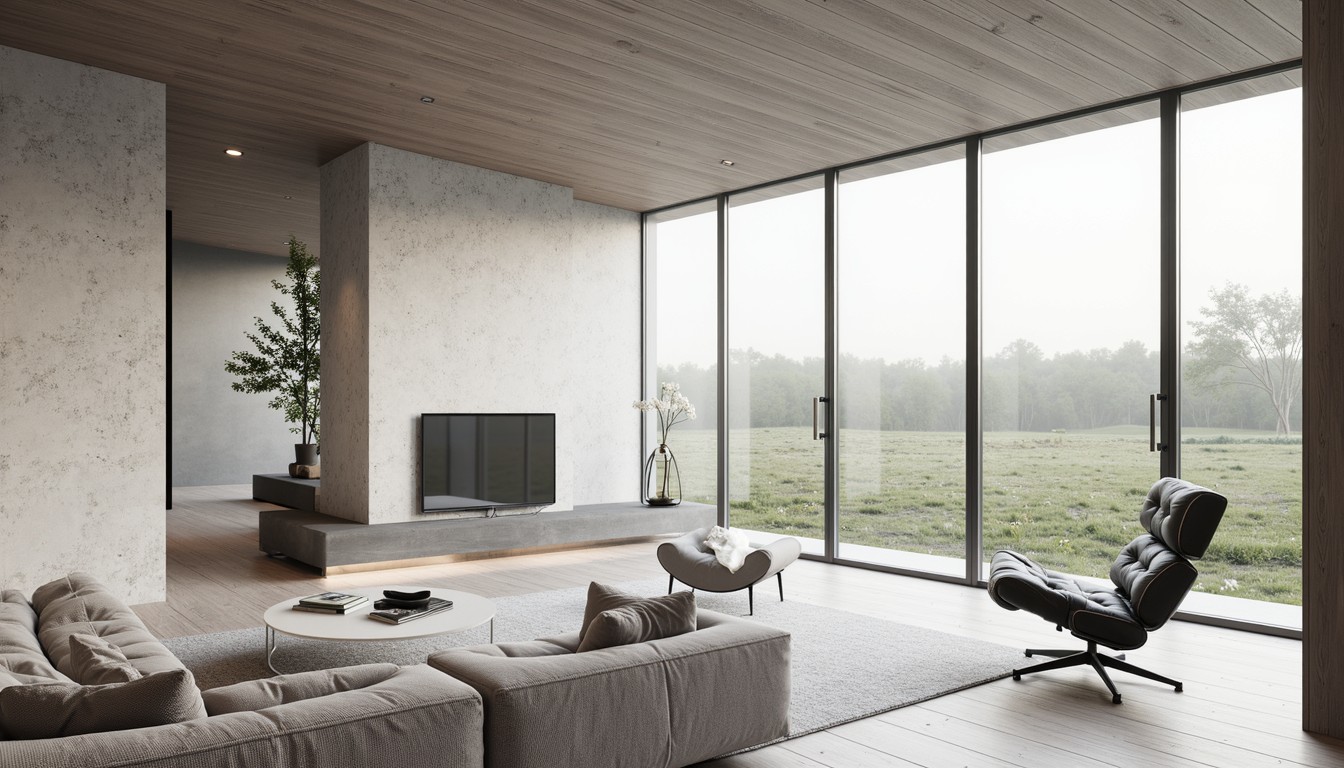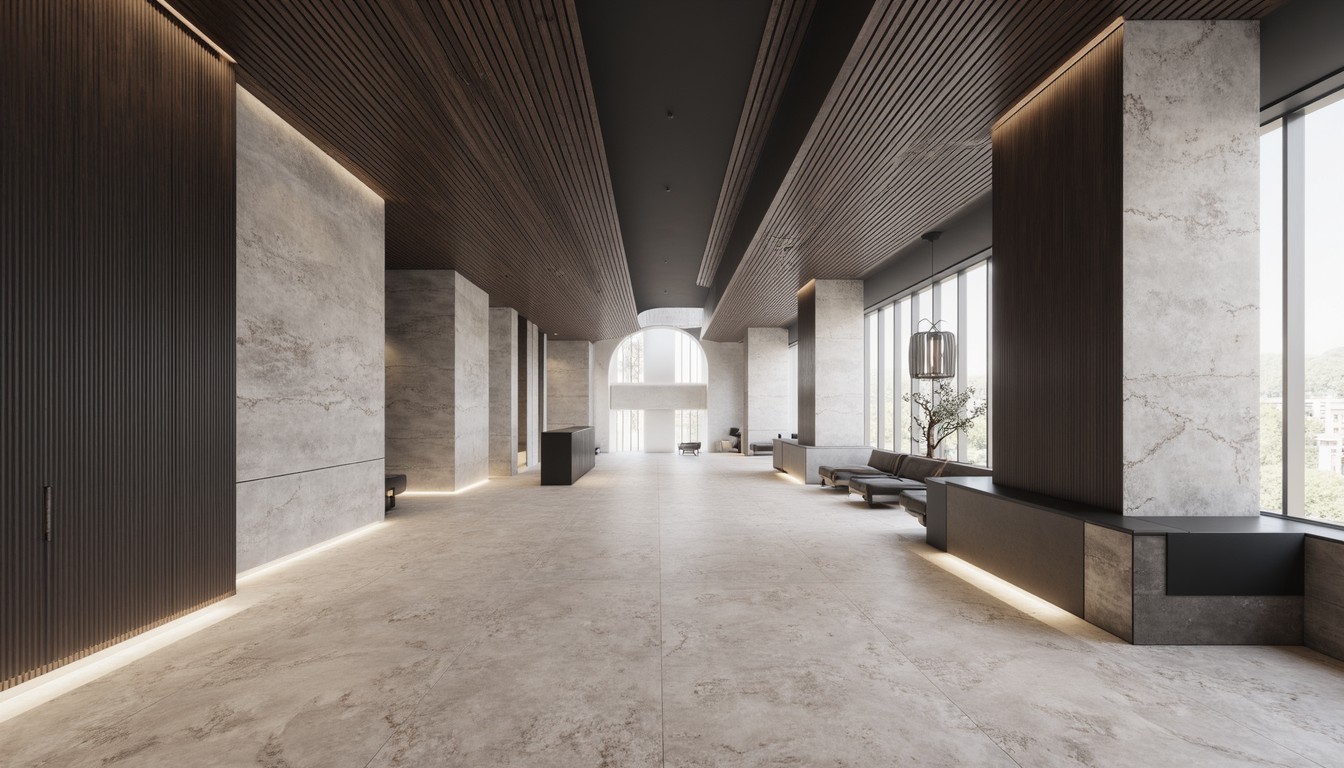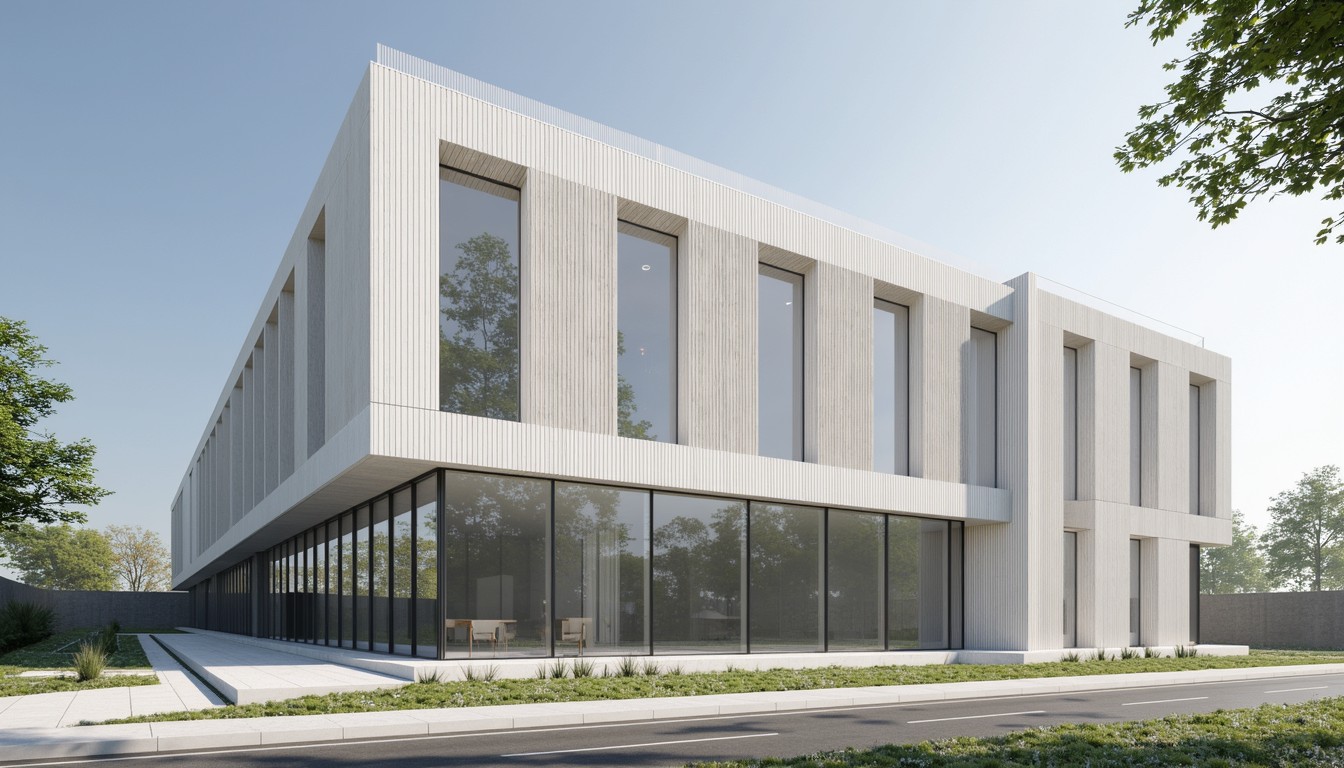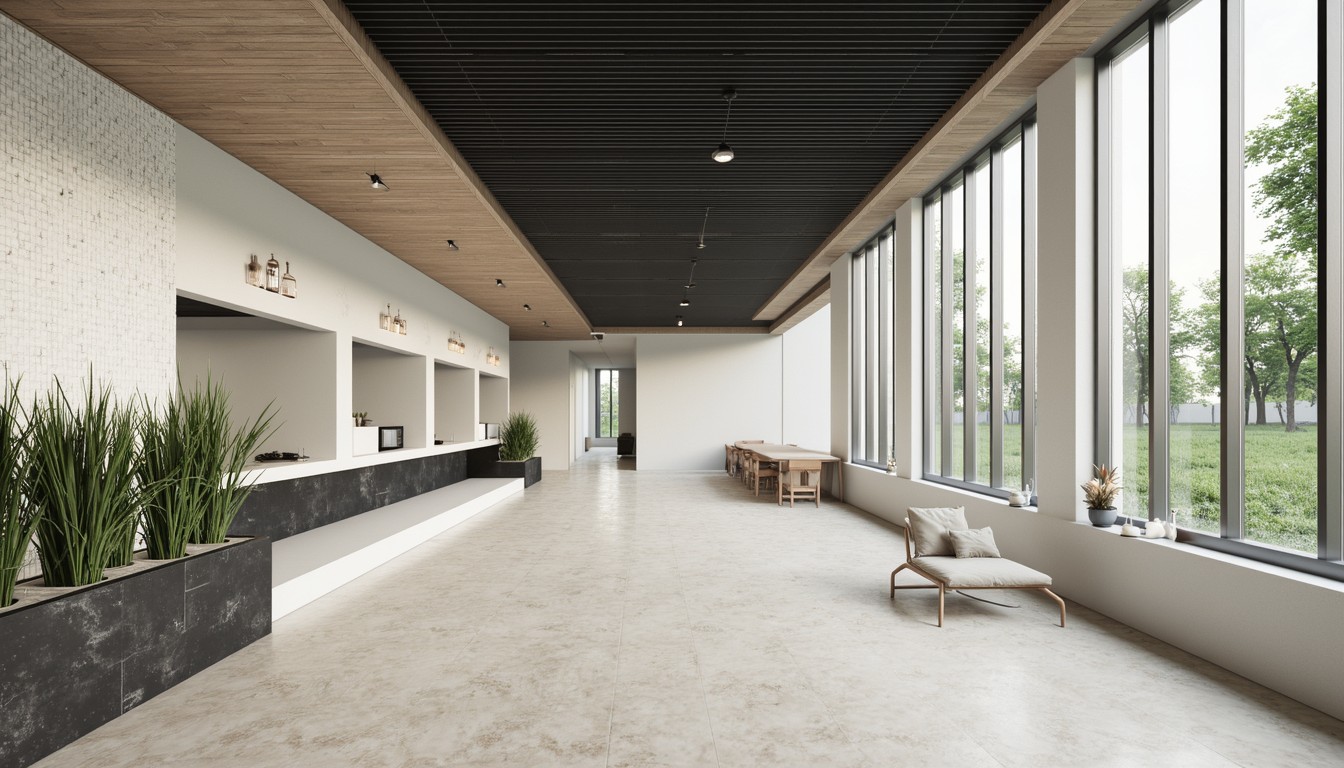Digital Transformation: Reshaping the Future of Architecture
The architectural landscape is undergoing a dramatic shift, driven by the rapid advancements in digital technologies. No longer is architecture solely defined by drafting boards and physical models; instead, a new era of digital transformation is reshaping how buildings are designed, constructed, and experienced. This transformation is not merely about adopting new software; it’s a fundamental change in workflow, collaboration, and the very essence of architectural practice.
The Rise of Building Information Modeling (BIM)

At the heart of this digital revolution lies Building Information Modeling (BIM). BIM is more than just 3D modeling; it’s a process that creates and manages digital representations of physical and functional characteristics of places. This intelligent model contains data about every aspect of a building, from structural elements and MEP systems to materials and cost estimates. The benefits of BIM are manifold:
- Improved Collaboration: BIM facilitates seamless collaboration among architects, engineers, contractors, and clients, ensuring everyone works from a single source of truth.
- Enhanced Design Coordination: Clash detection and coordination become significantly easier, reducing costly errors during construction.
- Better Cost Management: Accurate cost estimations and material takeoffs are possible early in the design process, leading to better budget control.
- Sustainable Design: BIM allows for the integration of sustainability analysis tools, enabling architects to design more environmentally friendly buildings.
- Faster Project Delivery: Streamlined workflows and improved communication contribute to faster project completion times.
Virtual Reality (VR) and Augmented Reality (AR) in Architectural Visualization
Virtual and Augmented Reality are transforming how architects present their designs and engage with clients. VR allows clients to experience a building's design before construction even begins, offering an immersive and engaging walkthrough. This enhances communication and allows for more informed decision-making. AR, on the other hand, overlays digital information onto the real world, enabling architects to visualize designs on existing sites or even visualize furniture placement within a space.
ArchNav leverages the power of VR and AR to create stunning visualizations that help architects effectively communicate their vision to clients. Our state-of-the-art technology allows for highly realistic renderings, interactive walkthroughs, and immersive experiences.
Artificial Intelligence (AI) and Machine Learning (ML) in Architecture

AI and ML are emerging as powerful tools in architectural design. AI-powered software can assist with tasks such as generating design options, optimizing building performance, and predicting construction costs. Machine learning algorithms can analyze vast datasets to identify design patterns and predict future trends, informing design decisions and improving efficiency.
While still in its early stages, the potential of AI and ML in architecture is immense. We can anticipate seeing more sophisticated AI-driven tools that automate repetitive tasks, freeing up architects to focus on the more creative aspects of their work.
The Impact of Parametric Design
Parametric design is a methodology that uses algorithms to generate design variations based on a set of parameters. This allows architects to explore a wide range of design possibilities quickly and efficiently. By changing the parameters, architects can instantly see the impact on the overall design, leading to innovative and optimized solutions. This approach is particularly useful for complex projects with many variables.
Data Analytics and the Smart Building
The integration of data analytics is transforming the way buildings are operated and managed. Smart building technology collects data from various sensors and systems within a building, providing insights into energy consumption, occupant behavior, and environmental conditions. This data can be used to optimize building performance, reduce operational costs, and enhance the occupant experience. Architects are increasingly involved in the design and integration of smart building systems, considering data analytics from the very beginning of the design process.
Challenges and Considerations

While the digital transformation offers immense benefits, it also presents challenges. The initial investment in software and training can be significant, and the need for skilled professionals proficient in these technologies is crucial. Data security and privacy are also important considerations, particularly in the context of smart buildings and data collection.
ArchNav: Your Partner in Architectural Digital Transformation
ArchNav is at the forefront of architectural visualization, utilizing the latest digital technologies to deliver exceptional results for our clients. We understand the complexities of digital transformation in architecture and offer comprehensive services that leverage BIM, VR, AR, and other cutting-edge technologies to enhance your design process, improve collaboration, and create stunning visualizations that bring your vision to life.
From conceptual design to final walkthroughs, ArchNav provides the expertise and technology to help you navigate the exciting world of digital transformation in architecture. Contact us today to learn more about how we can help you achieve your architectural goals.
